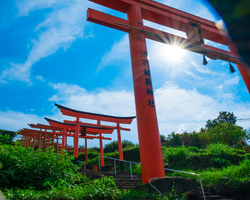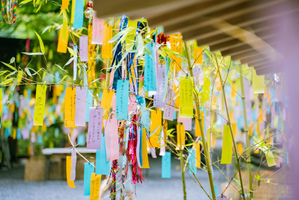Age-Old Expressions: How Kyoto's History Shapes Its Language Today
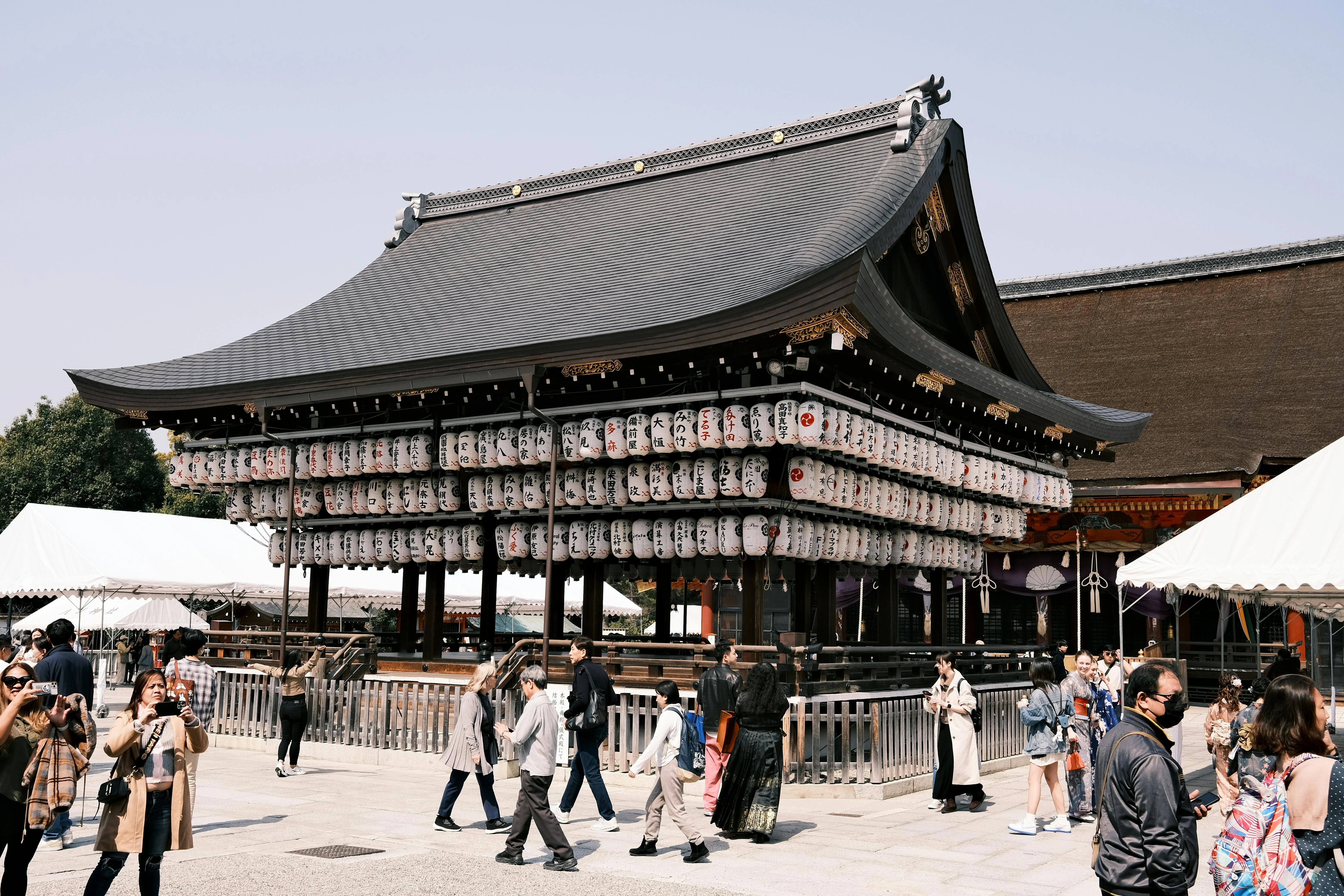
In a city where time has patiently preserved the grace and allure of the past, Kyoto stands as a beacon of cultural richness and historical depth. This ancient capital of Japan not only boasts breathtaking temples, vibrant festivals, and exquisite gardens but also offers a unique tapestry woven with historical influences that resonate in its local dialect. As you meander through Kyoto's charming streets, the echoes of its illustrious past resonate in the language of the locals. Let's explore how Kyoto's storied history continues to shape its linguistic expression today, adding layers of complexity and charm to its vernacular.
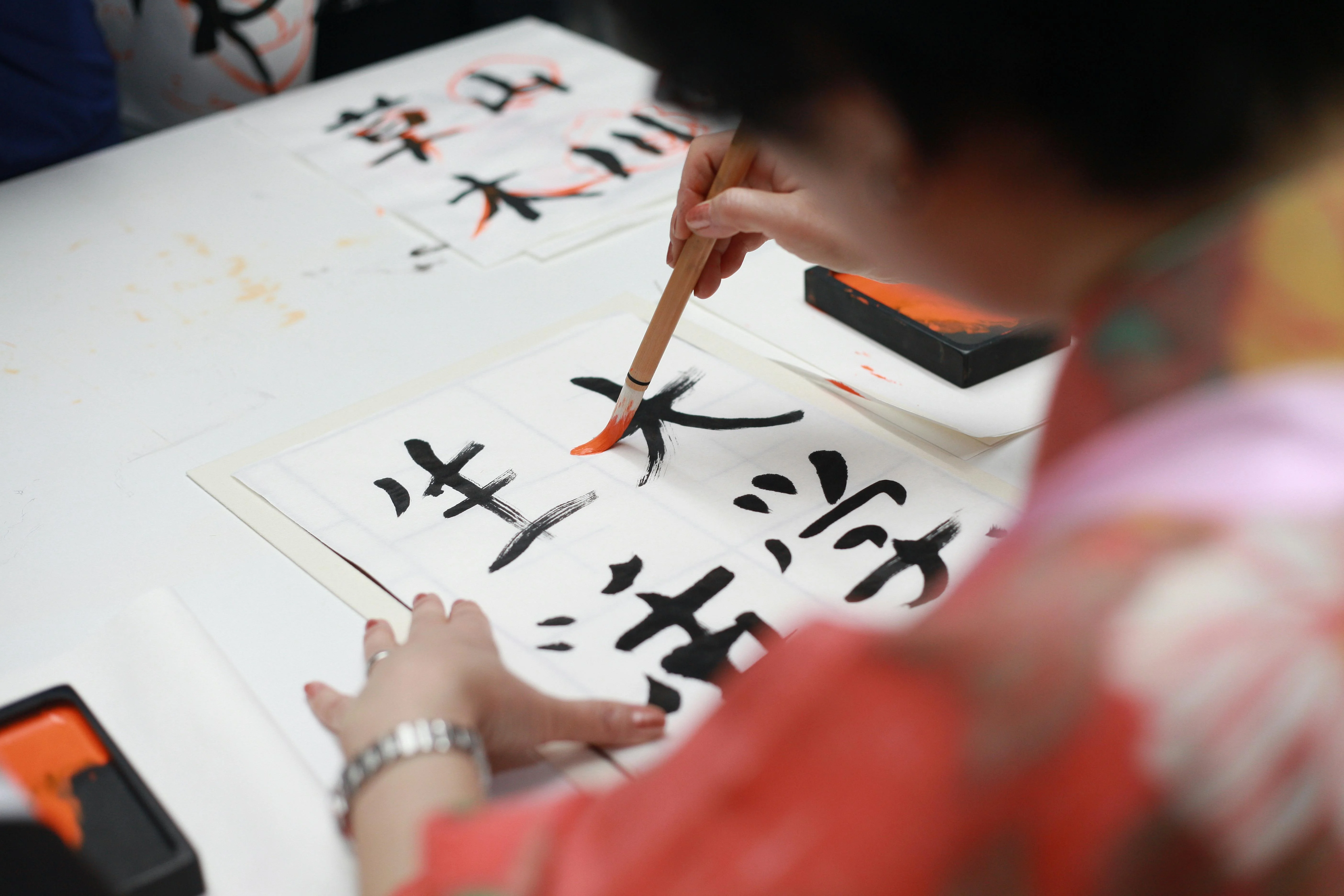
The Historical Canvas: Kyoto's Linguistic Roots
Kyoto's linguistic identity finds its roots in the Heian era (794-1185), when it was the imperial capital of Japan. The city served as the cradle of traditional Japanese culture, including the classical language that has subtly influenced the contemporary Kyoto dialect. The Keihan dialect, largely spoken in Kyoto and Osaka, carries a refinement and politeness reflective of the city's noble heritage. While the modern Japanese language has evolved over centuries, Kyoto's speech has retained honorifics and expressions that are remnants of Japan's aristocratic past.
Kyo-Kotoba: The Elegant Language of Kyoto
The Kyoto dialect, or Kyo-kotoba, is not just a means of communication but an embodiment of the city's culture and history. Known for its elegance and graceful intonation, Kyo-kotoba sets Kyoto apart even within Japan. Words like okini, meaning "thank you," convey warmth and formality unique to the region. The use of soft speech endings and polite expressions reflects an inherent gentility befitting Kyoto's cultural stature. This dialect is a linguistic artifact, continually marinating in the city's traditions and tales passed down through generations.
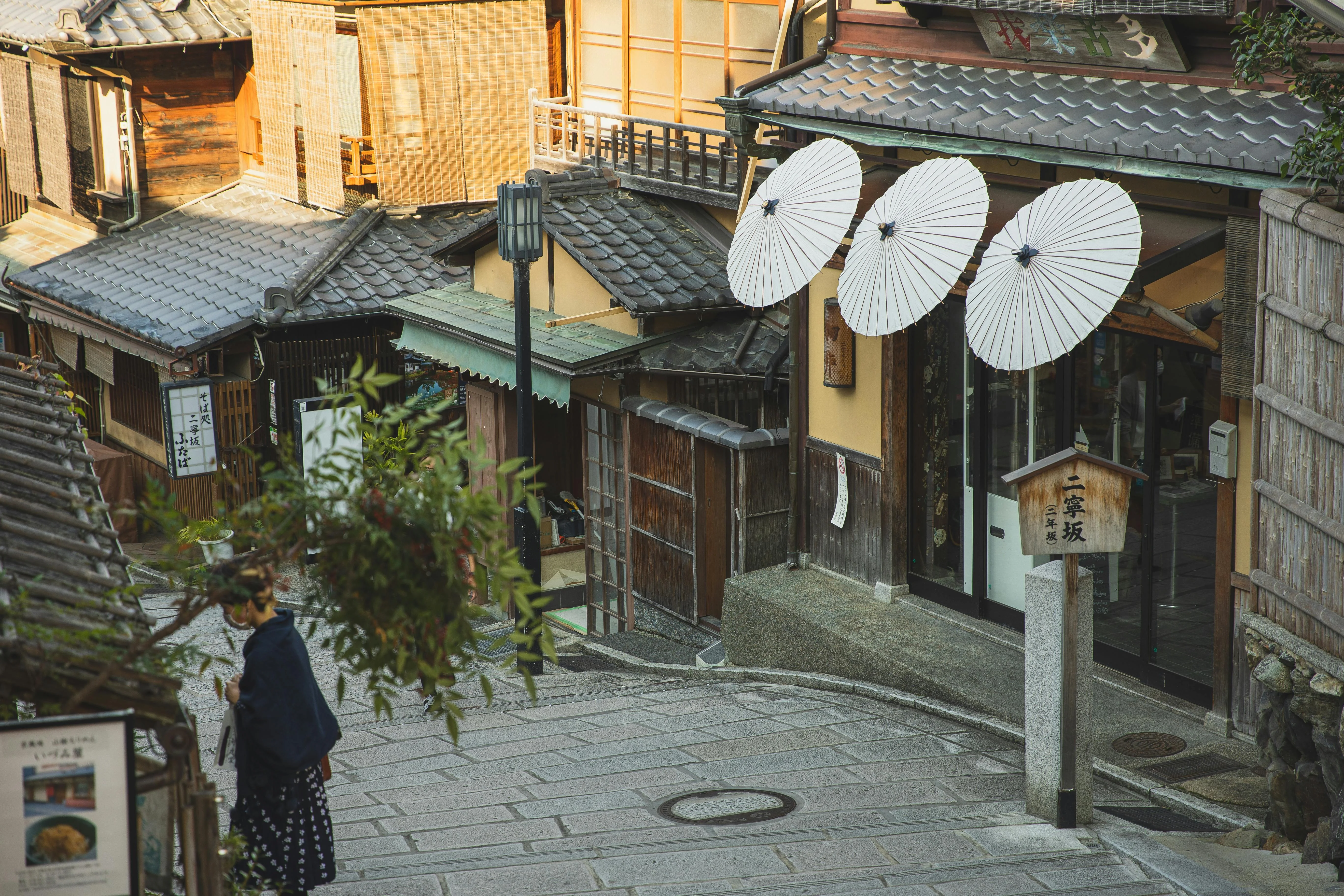
Language as a Marker of Kyoto's Prestige
Language in Kyoto isn't just about words; it's a marker of the city's historical prestige. With over 1,000 temples and shrines, traditions are intricately linked to linguistic customs. During annual festivals such as Gion Matsuri, one can hear chants and songs that have been preserved in their original linguistic form, offering a living history lesson through sound.
Moreover, language serves as a bridge between the old and new Kyoto. Modern businesses and tech startups in the city often employ local dialect in marketing to evoke nostalgia and connect with the populace's collective cultural consciousness. This strategy not only appeals to Kyoto's residents but also positions the city as a cultural epicenter rooted in historical continuity.
The Influence of Kyoto's Language Beyond Borders
Kyoto's influence doesn't stop at its city's edge. Its historical language has played a significant role in refining the Kansai dialect spoken in nearby regions. Additionally, as a renowned center for classical Japanese theatre, including Noh and Kabuki, Kyoto's theatrical traditions have introduced the world to its unique linguistic charm. These traditional art forms use archaic forms of language that provide a window into the linguistic heritage of Kyoto, contributing to language preservation efforts.
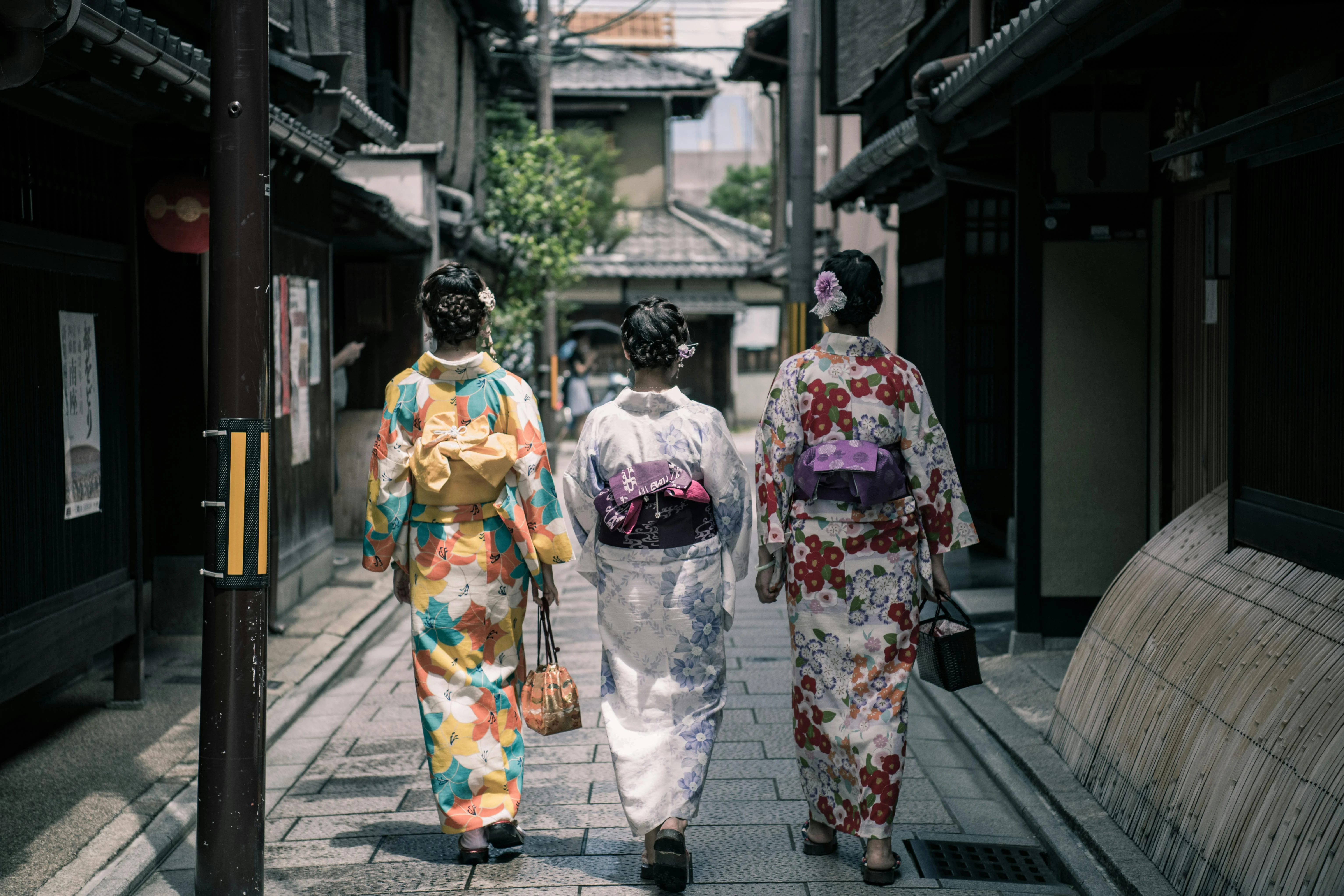
Language as a Cultural Invitation
As travelers explore Kyoto, they encounter more than just a city. They experience a living museum where language acts as a cultural invitation to understand Kyoto's past. The conversational efflorescence in cafes, markets, and tea ceremonies highlights the city's commitment to preserving its verbal traditions. Visitors are often encouraged to embrace some of these local expressions, enhancing their cultural journey and deepening their appreciation of Kyoto's unique place in Japan's narrative.
Conclusion: The Lingering Echoes of History
Kyoto, with its storied past, offers a unique glimpse into the linguistic evolution that has managed to retain its ancient charm. The city continues to embrace its historical dialect as an integral part of its identity, a testament to its enduring elegance and its pivotal role in Japan's cultural legacy. Whether you're planning your next visit or simply indulging in the language's melodic cadence from afar, Kyoto's dialect offers a harmonious blend of the past and present—a journey through time articulated in speech.
Embark on your next adventure with a newfound appreciation for Kyoto's linguistic allure, and let the whispers of history enrich your encounter with this captivating city. Inspiration and adventure await around every corner, and every spoken word will carry the timeless echoes of Kyoto's past.






